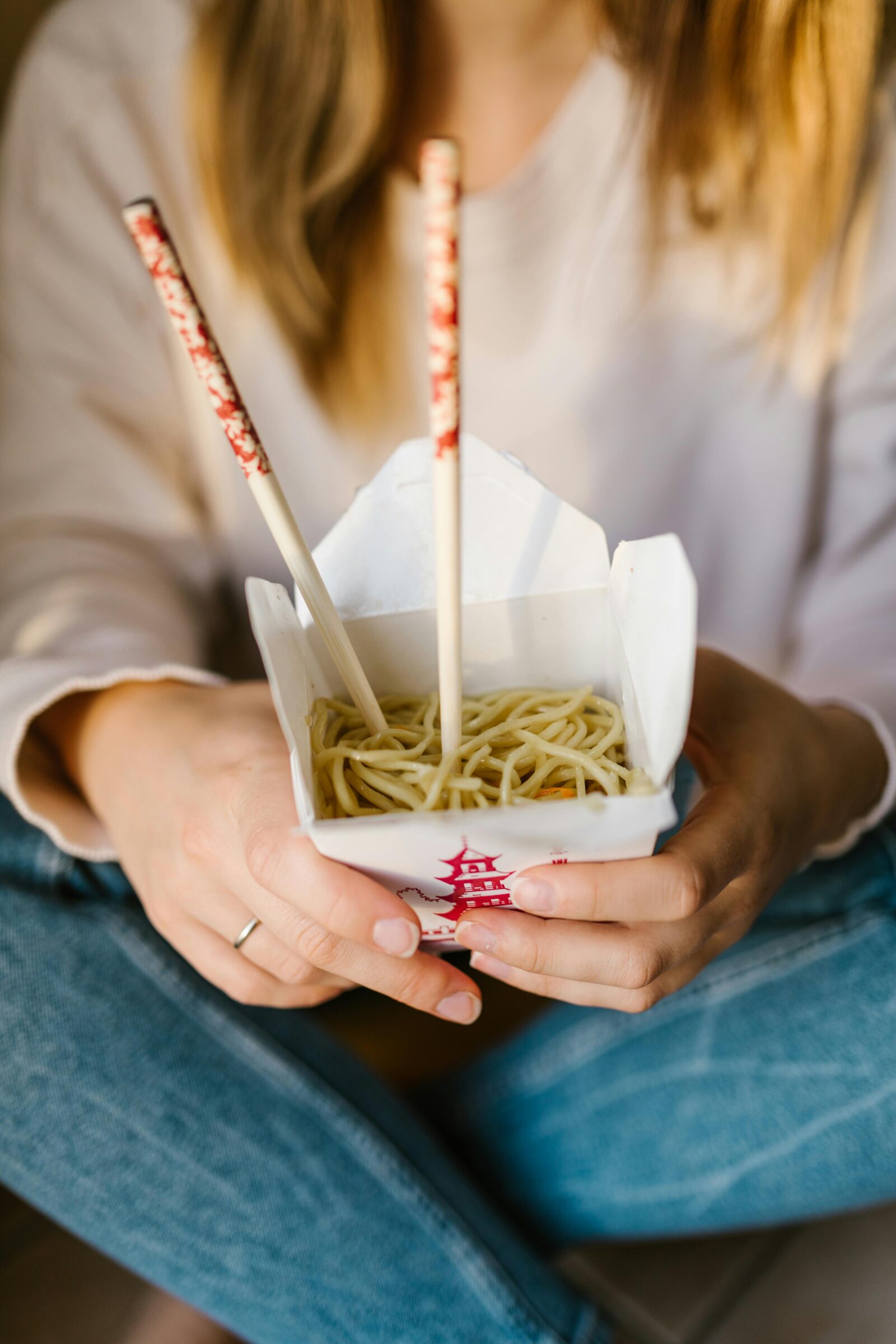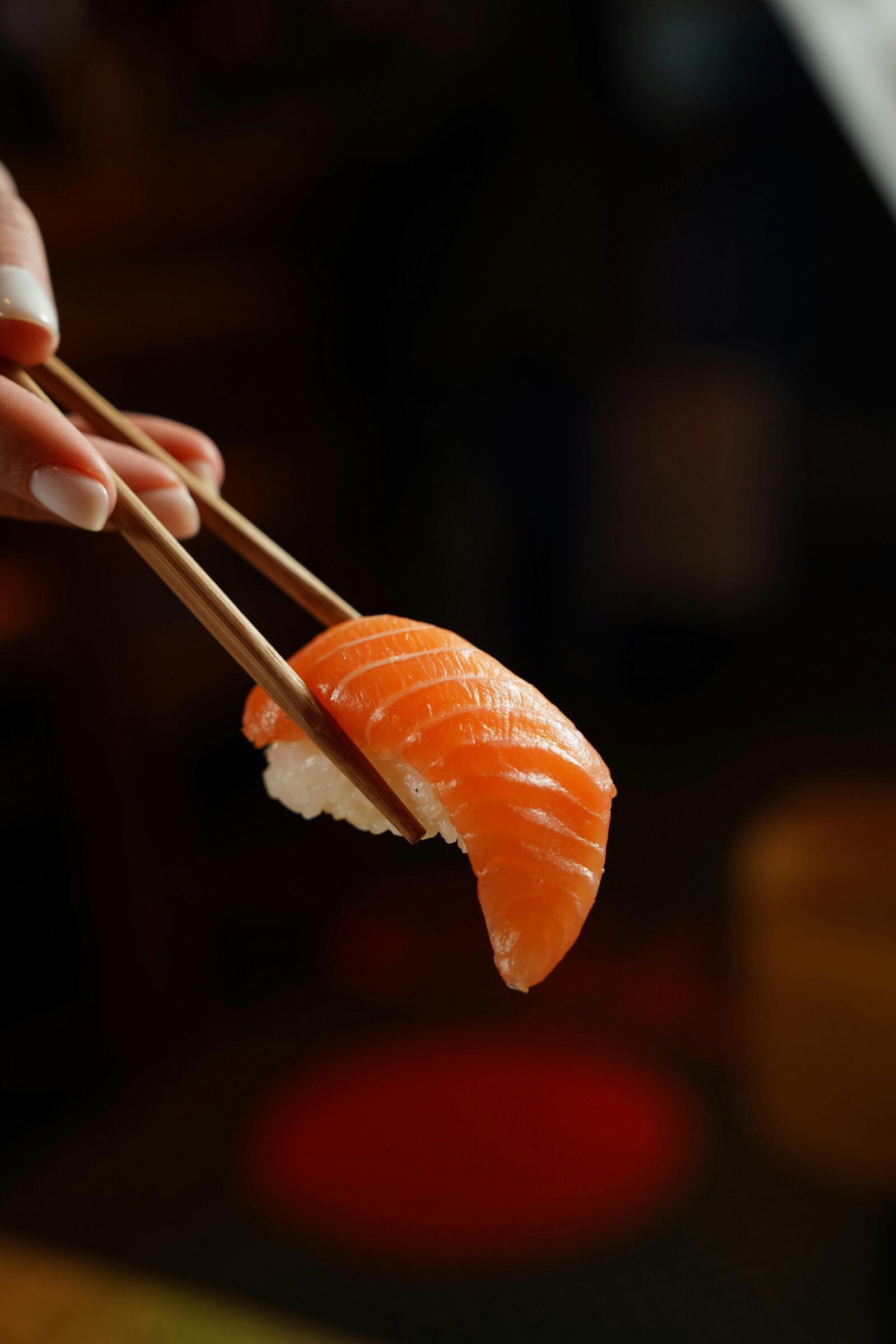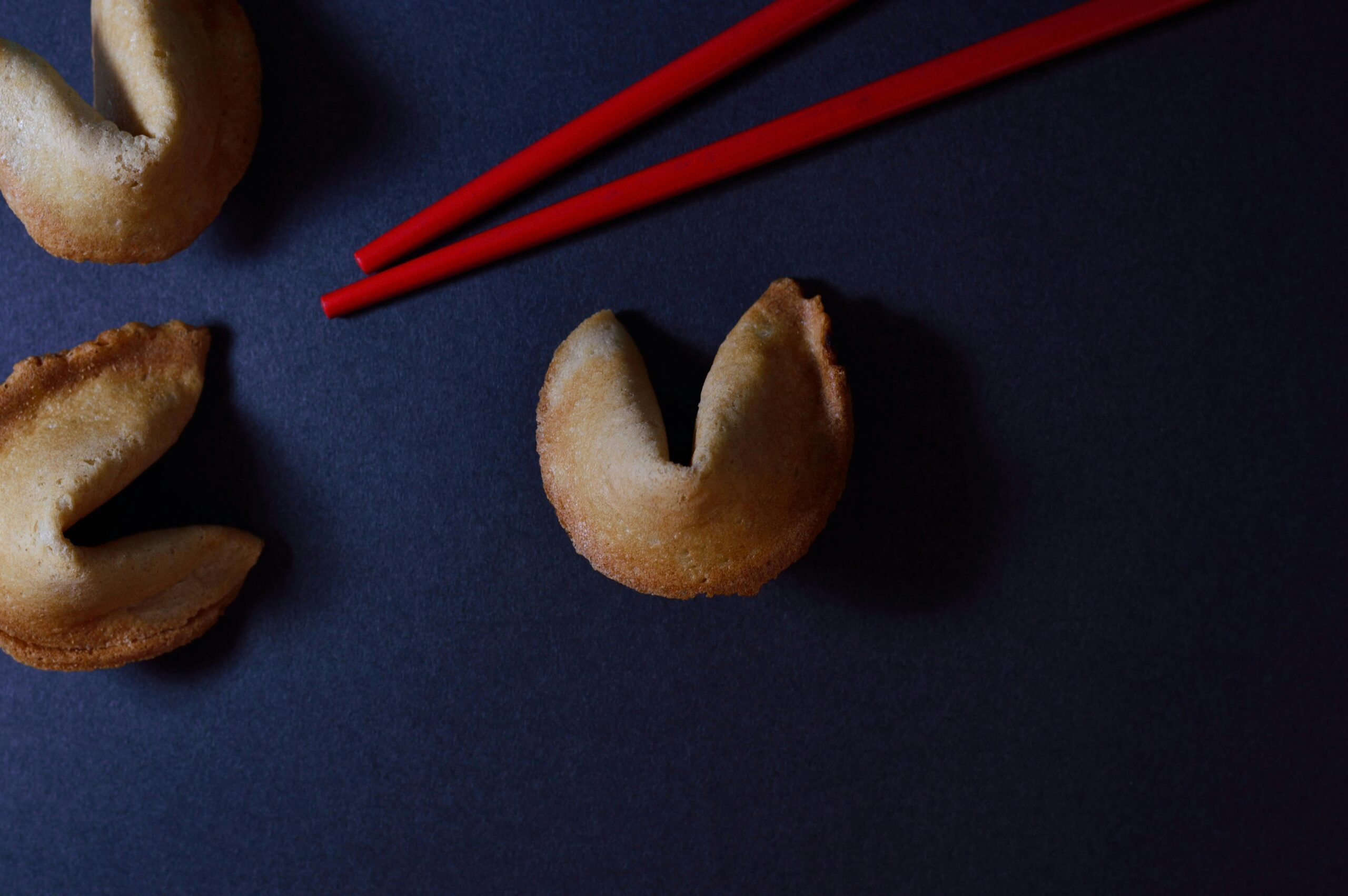Introduction: More Than Just Two Sticks
When I first moved to Japan, I thought chopsticks were just simple eating tools — something you use for sushi or ramen and that’s it. But the longer I lived here, the more I realized that chopsticks are a reflection of Japanese culture itself.
They’re not just utensils.
They represent respect, mindfulness, gratitude, and harmony — the quiet values that shape daily life in Japan.
Learning how to use chopsticks properly isn’t only about manners; it’s also about understanding how Japanese people view food, family, and togetherness.
So today on Oishii Days, let’s explore the fascinating world of chopstick etiquette, or 「箸のマナー (hashi no manā)」 — from history, taboos, and phrases, to small lessons I’ve learned along the way.
1. A Short History of Chopsticks in Japan
The story of chopsticks starts over 2,500 years ago in ancient China. At first, they weren’t even used for eating.
They were sacred tools — used to offer food to the gods during rituals.
Chopsticks later spread to neighboring countries like Korea, Vietnam, and eventually Japan during the Asuka period (6th–7th century). At that time, they were made from bamboo and used only by the imperial family and nobles for religious ceremonies.
It wasn’t until centuries later that chopsticks became common among the general public. The Japanese began crafting them from wood and lacquer, adding their own touch of elegance — shorter length, rounded tips, and beautiful designs that reflect nature and the seasons.
Even today, Japan’s chopsticks differ slightly from those of its neighbors:
| Country | Material & Shape | Characteristic |
|---|---|---|
| China | Long and square | Designed for communal eating and deep pots |
| Korea | Flat and metal | Used with a spoon for rice and soup |
| Japan | Short and tapered | Allows for precise handling of fish and delicate food |
That refinement — the idea that every small detail matters — is something I truly admire about Japanese culture.
2. Why Chopsticks Matter: A Cultural Symbol
In Japan, food is more than nourishment — it’s a spiritual connection between nature, people, and gratitude.
Every meal begins with the words:
「いただきます」(Itadakimasu) — “I humbly receive.”
And ends with:
「ごちそうさまでした」(Gochisousama deshita) — “Thank you for the meal.”
These phrases express appreciation not just for the food, but for everyone involved — the farmer, the cook, the family, even the life that was taken to sustain us.
Chopsticks, in this sense, are the bridge between gratitude and enjoyment.
The way you hold, use, and rest them shows your heart — your awareness of others and your respect for the meal.
3. Basic Chopstick Manners Everyone Should Know
If you’ve ever eaten in Japan, you might have noticed how gracefully people handle their chopsticks. It’s quiet, fluid, and intentional — almost like a small performance of respect.
Here are the most important rules to remember:
Proper Way to Hold Chopsticks
Hold one chopstick like a pencil between your thumb, index, and middle finger. The second chopstick rests gently between your thumb and ring finger, staying mostly still while the top one moves.
Japanese phrase:
「箸の持ち方がきれいですね。」
Hashi no mochikata ga kirei desu ne.
“You hold your chopsticks beautifully.”
It’s a small compliment you might hear at the table.
Resting Chopsticks Properly
When you pause eating, rest your chopsticks horizontally on a 箸置き (hashioki) — a small chopstick rest.
If none is provided, you can fold your paper wrapper into a rest.
Avoid placing chopsticks directly on the table or crossing them — both are considered impolite.
Never Point or Wave with Chopsticks
Pointing at someone or gesturing with chopsticks feels aggressive or childish.
If you want to emphasize something, put your chopsticks down first.
Don’t Mix Chopsticks and Shared Dishes
When eating family-style meals, it’s polite to use the opposite ends of your chopsticks to take food from shared plates — or use the serving chopsticks provided.
4. 嫌い箸 (Kiraibashi): The “Don’ts” of Chopstick Etiquette
Japan has a special word for taboo chopstick behavior: 嫌い箸 (kiraibashi), literally “hateful chopsticks.”
These actions are considered disrespectful, unclean, or even connected to death rituals.
Here are the major ones to avoid:
| Japanese | Romaji | Meaning | Why It’s Bad |
|---|---|---|---|
| 刺し箸 | sashibashi | Sticking chopsticks vertically into food | Resembles funeral offerings to the dead |
| 箸渡し | hashiwatashi | Passing food from chopsticks to another person’s chopsticks | Mimics transferring bones at a cremation |
| 立て箸 | tatebashi | Sticking chopsticks upright in rice | Seen only at funerals; brings bad luck |
| ねぶり箸 | neburibashi | Licking chopsticks to clean them | Considered unhygienic and rude |
| 迷い箸 | mayoibashi | Hovering indecisively over dishes | Shows hesitation and lack of manners |
| 涙箸 | namidabashi | Letting sauce or soup drip from your food | “Crying chopsticks” — looks messy and careless |
| 寄せ箸 | yosebashi | Pulling a plate toward you using chopsticks | Poor table manners; use your hands instead |
| 渡し箸 | watashibashi | Resting chopsticks across a bowl during a meal | Means you’re done eating — confusing to others |
| 握り箸 | nigiribashi | Holding chopsticks in a fist | Resembles holding a weapon; very rude |
When I first heard about these, I was overwhelmed — there were so many!
But as I learned the reasons behind them, I understood that each one reflects consideration — for cleanliness, respect, and peaceful eating.

5. What To Do If You Can’t Use Chopsticks
Don’t panic!
Japanese people are very understanding if you’re not used to chopsticks. It’s perfectly polite to ask for a fork or spoon.
Try saying:
すみません、フォーク(またはスプーン)をください。
Sumimasen, fōku (mata wa supūn) o kudasai.
“Excuse me, may I have a fork (or spoon), please?”
People will often smile and appreciate your honesty. It’s better to ask kindly than to struggle.
And who knows? With practice, you’ll soon get the hang of it.
Here’s another useful phrase:
まだ箸の使い方を練習しています。
Mada hashi no tsukaikata o renshū shiteimasu.
“I’m still practicing how to use chopsticks.”
Japanese people admire effort — even if it’s not perfect.
6. Table Manners Beyond Chopsticks
Japan’s dining etiquette goes beyond how you hold chopsticks. Here are other habits that make your meal experience smoother and more polite.
Say the Phrases with Heart
| Phrase | Meaning | When to Use |
|---|---|---|
| いただきます (Itadakimasu) | “I humbly receive” | Before eating |
| ごちそうさまでした (Gochisousama deshita) | “Thank you for the meal” | After finishing |
| おいしい! (Oishii!) | “Delicious!” | To compliment the cook |
| ごはんをありがとうございます (Gohan o arigatou gozaimasu) | “Thank you for the meal” | Polite version when someone serves you |
Even if you’re eating at home alone, many Japanese people still say itadakimasu and gochisousama. It’s part of showing gratitude and mindfulness.
Lifting Bowls
In Japan, it’s polite to lift small bowls (like rice or miso soup) closer to your mouth rather than bending down.
Holding the bowl with one hand and chopsticks with the other shows elegance and care.
Eating Quietly
Unlike Western culture, slurping noodles is acceptable — it even shows appreciation!
But for rice and side dishes, eating quietly is the norm. Loud chewing or talking with food in your mouth is discouraged.
Finishing Your Food
Leaving a lot of food behind can seem wasteful. Try to finish what’s on your plate as a sign of respect for the ingredients and the people who prepared it.
Japanese saying:
「食べ物を残すのはもったいない。」
Tabemono o nokosu no wa mottainai.
“It’s a waste to leave food behind.”
7. The Beauty of Chopsticks in Daily Life
Over time, I began to see chopsticks not as strict rules to memorize, but as a quiet way to express care.
Even in a simple meal, there’s a rhythm: picking up food gently, placing chopsticks softly, bowing before eating — all of these small gestures carry heart.
Sometimes my Japanese husband gently reminds me:
「お箸の置き方、気をつけてね。」
Ohashi no okikata, ki o tsukete ne.
“Be careful how you place your chopsticks.”
At first, I felt embarrassed. Now, I appreciate it. These small corrections are ways of teaching the culture — showing that food in Japan is not just for the stomach, but also for the soul.

8. Chopsticks in Everyday Japanese
Here are some fun and useful phrases related to chopsticks you can try using:
| Japanese | Romaji | Meaning |
|---|---|---|
| お箸を使えますか? | Ohashi o tsukaemasu ka? | Can you use chopsticks? |
| お箸はどこですか? | Ohashi wa doko desu ka? | Where are the chopsticks? |
| お箸をください。 | Ohashi o kudasai. | Please give me chopsticks. |
| お箸のマナーを知っていますか? | Ohashi no manā o shitteimasu ka? | Do you know chopstick manners? |
| お箸の使い方を教えてください。 | Ohashi no tsukaikata o oshiete kudasai. | Please teach me how to use chopsticks. |
| お箸が上手ですね! | Ohashi ga jōzu desu ne! | You’re good at using chopsticks! |
Even learning one or two of these can make your dining experience more fun — and help you connect with locals in a natural, friendly way.
9. Choosing and Caring for Chopsticks
In Japan, many people own their own pair of chopsticks called 「マイ箸 (mai hashi)」.
You’ll find beautiful designs in department stores, souvenir shops, and even 100-yen shops — from simple wooden pairs to elegant lacquered ones with gold accents.
Here’s how to care for them:
- Wash gently by hand (avoid dishwashers).
- Dry completely to prevent warping.
- Rest on a hashioki instead of directly on the table.
- Replace them when the tips wear out — it’s seen as good fortune to start fresh.
Some people even give chopsticks as New Year’s gifts, symbolizing connection and good relationships.
10. The Deeper Lesson: Mindfulness Through Meals
As I’ve lived in Japan, I’ve come to love how much thought goes into something as simple as eating.
Every chopstick rule has a purpose — to create harmony at the table.
When I sit down to eat now, I try to remember:
- Be present.
- Treat the food with gratitude.
- Handle everything — even chopsticks — with care.
Because in the end, the art of using chopsticks isn’t about perfection.
It’s about being mindful of the moment and the people around you.
And that, I think, is the most beautiful part of Japanese dining culture.
Final Thought
Learning 箸のマナー (hashi no manā) is more than mastering a set of rules — it’s learning the Japanese spirit of omotenashi (hospitality) and kansha (gratitude).
So next time you pick up your chopsticks, remember that you’re not just eating.
You’re connecting with centuries of tradition, respect, and quiet beauty.
And even if your hands still fumble a little, that’s okay.
Every meal is a chance to learn, to slow down, and to say —
「いただきます」and 「ごちそうさまでした」
— words that remind us to live deliciously, one bite at a time.

